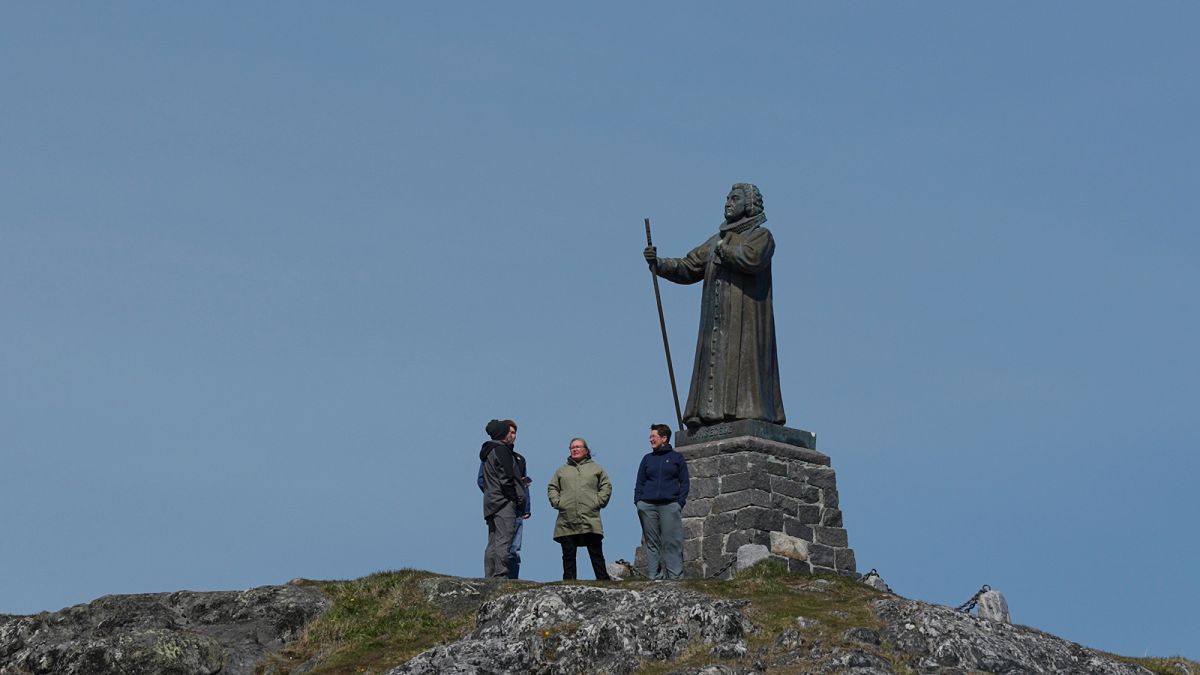

In a world increasingly aware of its environmental footprint and resource dependencies, Greenland has emerged as a significant player in the quest for critical minerals. As nations seek to diversify their supply chains, reducing reliance on China, Greenland’s vast resources of rare earth elements have garnered attention from both Europe and the United States. These minerals, vital for the production of everything from smartphones to electric vehicles, present new opportunities for sustainable development and economic growth. Recognizing the potential, initiatives are underway to establish responsible mining practices, balancing the exploitation of these resources with the preservation of Greenland’s pristine landscapes.
The European Union and the US are actively exploring avenues to secure these critical supplies. This move is imperative given the geopolitical tensions and the urgent need to mitigate potential supply chain disruptions. As efforts intensify to harness Greenland’s mineral wealth, stakeholders are keen to ensure that local communities are engaged and that environmental protections are embedded into the development processes.
Meanwhile, as summer envelops Europe, coastal holidaymakers are advised to be mindful of the potential health risks posed by Vibrio bacteria. Typically found in warmer waters, these bacteria thrive as temperatures rise, prompting warnings particularly around the Baltic Sea, with instances reported in the North Sea and enclosed bathing sites. Although infections are rare, they can be serious, underscoring the importance of maintaining vigilance while enjoying Europe’s beautiful coastlines. Health officials emphasize safe practices, such as avoiding water contact if individuals have open wounds and being mindful of the water conditions before swimming.
The natural world continues to challenge Europe in unexpected ways. In Germany, raccoons, charming in appearance but disruptive in behavior, have become a symbol of ecological imbalance. These small mammals, along with other invasive species such as hornets and the sacred ibis, are causing concerns among scientists and environmentalists. Their presence disrupts native ecosystems, leading to a decline in local biodiversity. Efforts to manage these invasive populations are gaining momentum, employing research and community education to foster coexistence and protect Europe’s natural heritage.
Each of these issues underscores the delicate balance between human progress and ecological preservation. As Greenland opens up new vistas for mineral extraction, and as Europe faces rising temperatures and biodiversity threats, a mindful approach is paramount. Engaging local communities, respecting environmental limits, and fostering international cooperation will be key elements in navigating these challenges.
In conclusion, as we explore new frontiers for resources and confront environmental challenges, a calm and proactive approach remains essential. Through collective efforts and a shared commitment to sustainability, it is possible to craft a future that supports both innovation and the well-being of our planet.
Source: {link}
